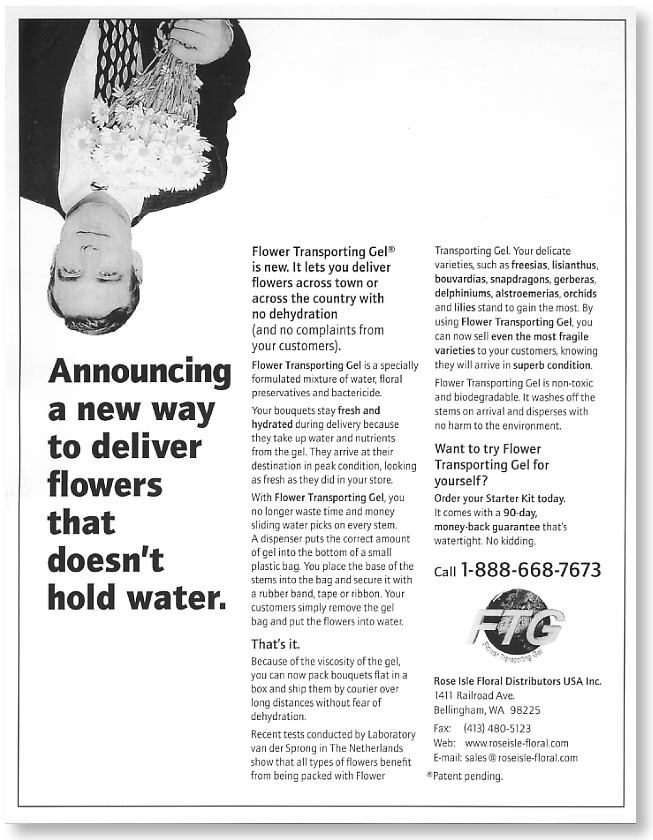Have you ever noticed, when you climb into your car, and you program your GPS to take you somewhere, that there are two things it never offers you?
Your GPS asks you if you want the fastest route or the shortest route.
It asks you if you want to use highways or avoid them.
It asks you if you want to avoid toll roads.
But your GPS never asks you if you want to take a random, roundabout route to your destination. And it never announces the names of streets you’re not going to drive on.
Every GPS is engineered and sold based on the premise that you and other drivers want to get to your destination efficiently.
When potential buyers read your promotional copy, they expect to be treated in the same way. They expect you to take them on a journey from Point A to Point B using the most efficient route. And they expect you to value their time by telling them only what they need to know.
To succeed with today’s busy, distracted buyers, you need to give your sales pitch a logical order.
Start with the problem. Right at the start of your copy, acknowledge that your potential buyer has a problem or a challenge or pain. Name it in your headline if you like. Mention it in your subhead. Name it in your opening paragraph. Just be sure to start with your potential buyer’s problem.
Next, discuss the consequences of not solving that problem or challenge or pain. Show your prospects what will happen if they do nothing, or if they choose the wrong solution.
Third, present your solution. Show your potential customer how your product or service solves their problem, meets their challenge or removes their pain.
Next, show proof. Prove to your reader that your claims are credible. For every claim you make about how your product or solution solves your buyer’s problem, show proof.
Finally, ask for the order. Tell the prospect what you want them to do. If you want them to buy, ask them to buy. If you want them to download a white paper, tell them to download the white paper.

Start with the problem. In this example, the problem is stated in the opening paragraph. “Flower Transporting Gel is new. It lets you deliver flowers across town or across the country with no dehydration (and no complaints from your customers)”
The potential customer, in this case, is flower shops. Their challenge is preventing flowers from drying out before they arrive at their customer’s address.
Next, discuss the consequences of not solving that problem or challenge or pain.This is also stated in the opening paragraph. The consequence of delivering dehydrated flowers is complaints from customers.
Third, present your solution. In this example, the solution is presented in the paragraphs following the introductory paragraph. This product is specially formulated to keeps flower bouquets fresh and hydrated. It saves florists time and money. It is easy to use.
Next, show proof. The manufacturer now shows proof for its claims. They cite a test conducted by a laboratory in the Netherlands that proves that all types of flowers benefit from being packed with Flower Transporting Gel.
Finally, ask for the order. The ad ends with an offer and a call to action. Order your starter kit today. Call 1-888-668-7673.
This format is a proven and tested way to structure your sales pitch. There’s more than one way to arrange your sales pitch, just as there is more than one way to get from Point A to Point B. But if you need a simple, efficient way to write your copy, structuring it in a logical, compelling order, follow this structure. You’ll make more sales. And your readers won’t get lost.

Recent Comments